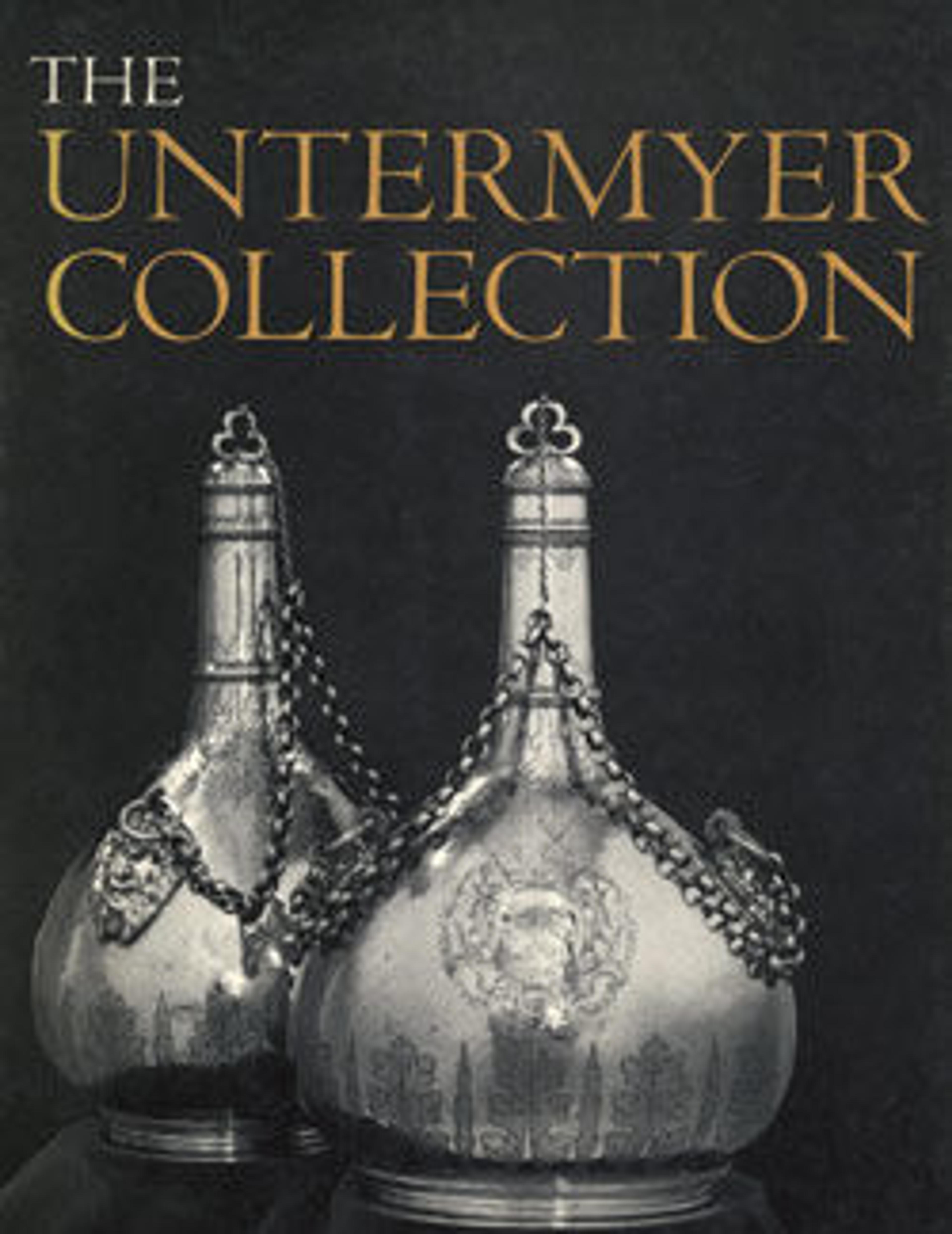Scenes from the Infancy of Christ
Created as three separate panels, this embroidery was intended to be mounted within a hinged frame and be experienced as a triptych: opened to reveal the central Adoration of the Kings, with the Nativity of the Shepherds in the wing to the left, and the Circumcision in the wing to the right. The frame has not survived, and it is not known whether its outer wings, visible when the triptych was closed, were similarly decorated.
In subject matter, iconography and design, the embroidery closely follows painted precedents: it speaks, in particular, to devices first invented by the influential Brussels-based painter Rogier van der Weyden, subsequently developed and reiterated by his successful follower, Hans Memling, who ran a large workshop in Bruges. However, the virtuoso embroiderer, or small team of highly talented embroiderers, who created this brought the prestige of their raw materials, working in richly dyed silks and precious metal threads. Whilst the subtle nuances of shade and tone in draperies and facial features were achieved by careful hatching of the silk threads in satin stitch, much of the ground, including the architecture, was executed in the or nué technique, needle woven over a warp of gold thread.
In subject matter, iconography and design, the embroidery closely follows painted precedents: it speaks, in particular, to devices first invented by the influential Brussels-based painter Rogier van der Weyden, subsequently developed and reiterated by his successful follower, Hans Memling, who ran a large workshop in Bruges. However, the virtuoso embroiderer, or small team of highly talented embroiderers, who created this brought the prestige of their raw materials, working in richly dyed silks and precious metal threads. Whilst the subtle nuances of shade and tone in draperies and facial features were achieved by careful hatching of the silk threads in satin stitch, much of the ground, including the architecture, was executed in the or nué technique, needle woven over a warp of gold thread.
Artwork Details
- Title:Scenes from the Infancy of Christ
- Date:16th century
- Culture:Flemish
- Medium:Silk, linen and metal thread
- Dimensions:H. 22 x W. 33 in. (55.88 x 83.82 cm)
- Classification:Textiles-Embroidered
- Credit Line:Gift of Irwin Untermyer, 1964
- Object Number:64.101.1380a–c
- Curatorial Department: European Sculpture and Decorative Arts
More Artwork
Research Resources
The Met provides unparalleled resources for research and welcomes an international community of students and scholars. The Met's Open Access API is where creators and researchers can connect to the The Met collection. Open Access data and public domain images are available for unrestricted commercial and noncommercial use without permission or fee.
To request images under copyright and other restrictions, please use this Image Request form.
Feedback
We continue to research and examine historical and cultural context for objects in The Met collection. If you have comments or questions about this object record, please contact us using the form below. The Museum looks forward to receiving your comments.
